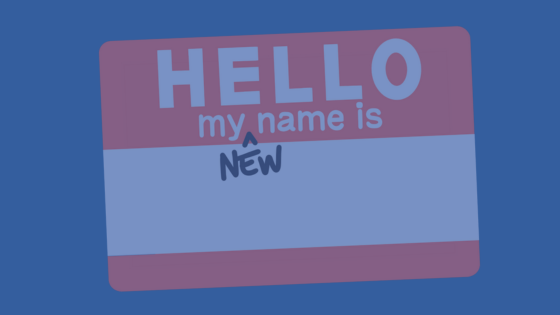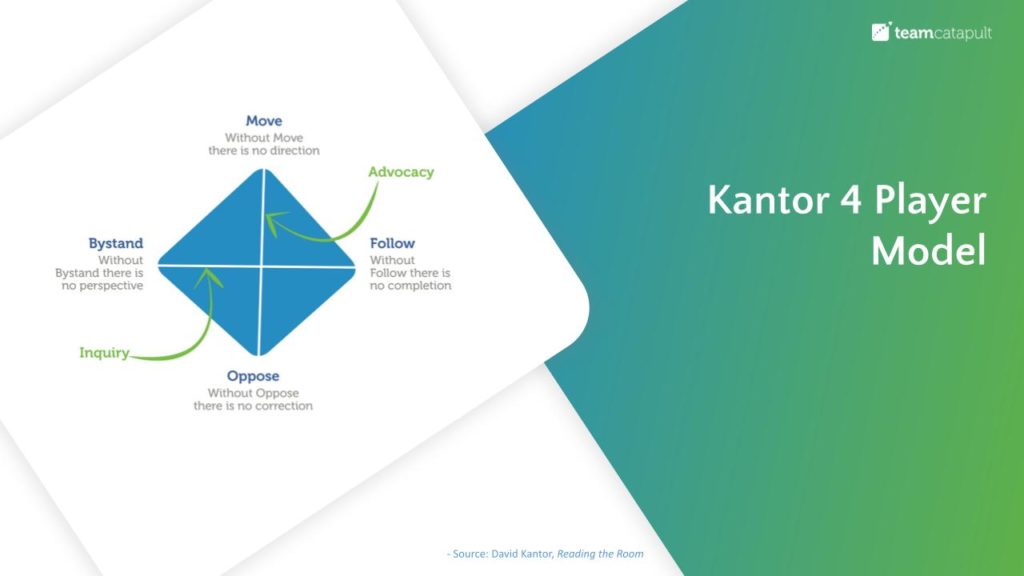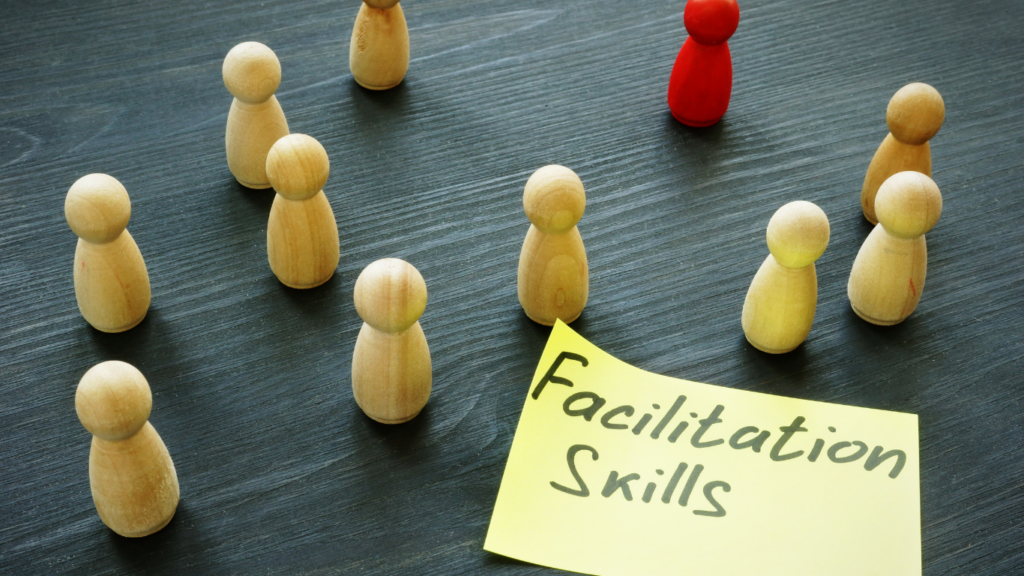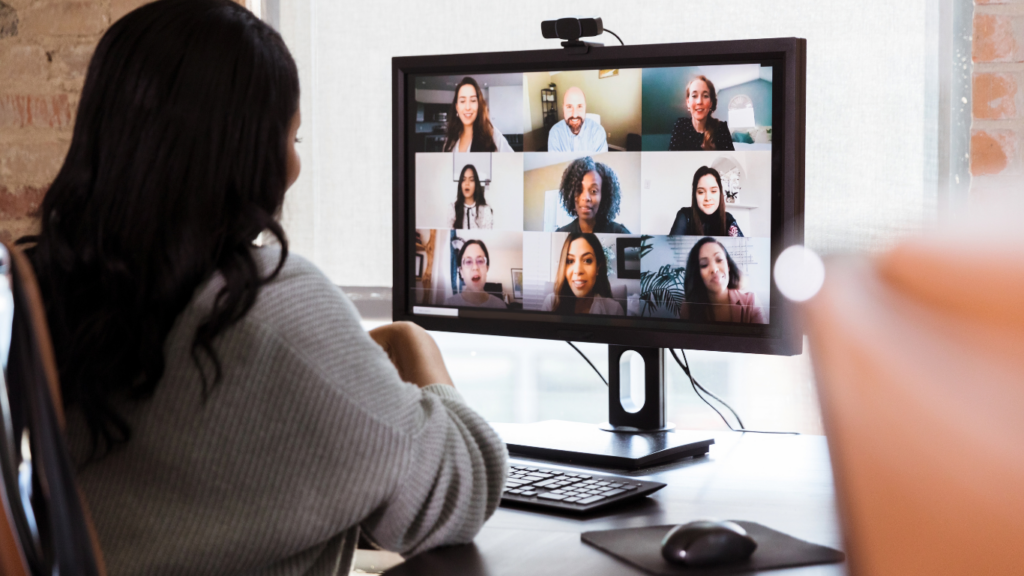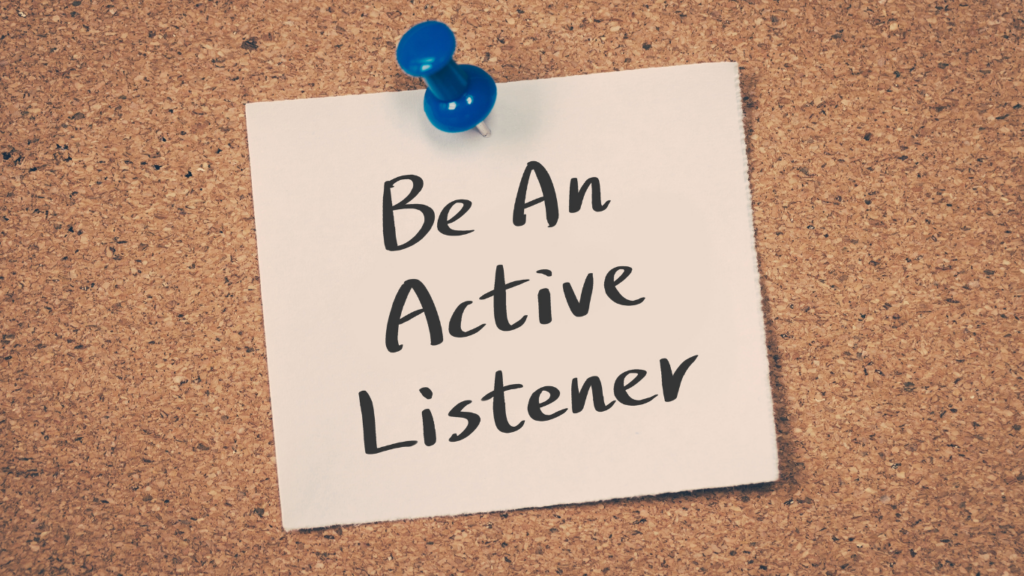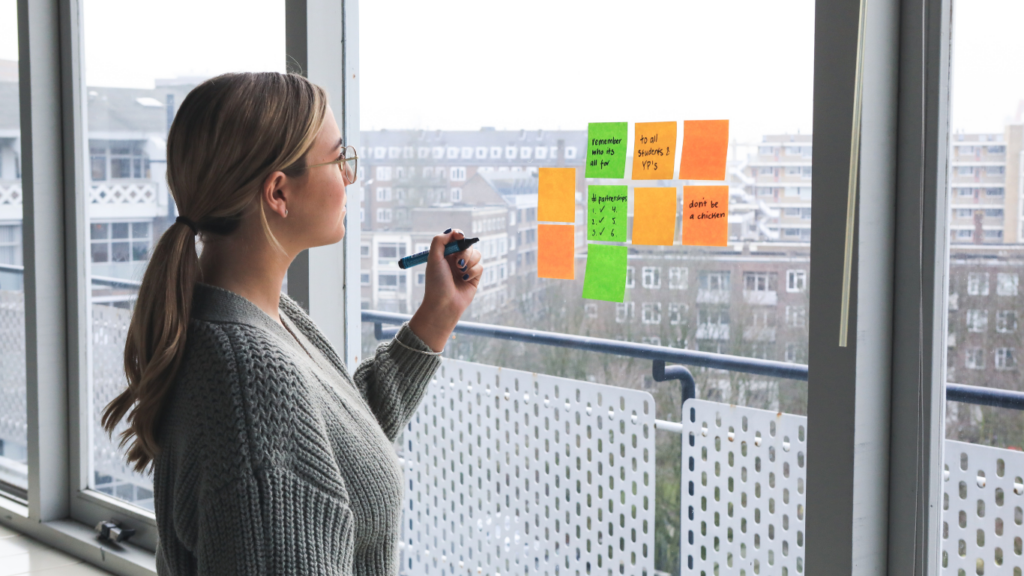Advanced facilitation techniques can be invaluable tools for those leading group discussions, workshops, or team meetings.
By employing advanced facilitation techniques, facilitators can create a conducive environment that nurtures open dialogue, ensures group participation, and encourages collaboration.

What is Agile team facilitation?
During team facilitation, Agile coaches guide Agile teams effectively toward their goals in a collaborative and adaptive manner. This kind of facilitation is crucial in Agile environments where change is frequent, and teams need to self-organize and continuously improve.
Agile team facilitation is about ensuring that the Agile team operates smoothly, collaboratively, and effectively. A skilled facilitator will enable the team to perform at its best, adapt to challenges, and continuously improve.
The role of an Agile facilitator
The role of an Agile facilitator, often a Scrum Master or Agile Coach, involves guiding teams through Agile ceremonies, promoting open communication, and ensuring a collaborative environment. Facilitators play a crucial role in conflict resolution, helping teams navigate disagreements constructively.
In additon, facilitators foster a safe space where team members feel empowered to voice opinions and concerns, while also championing continuous improvement within the team’s practices.

The importance of adaptability
Adaptability is paramount for facilitators because group dynamics, individual needs, and objectives can shift during discussions or over time.
As the facilitator reads the group, they must be prepared to modify their approach or techniques in response to the group’s mood, energy, or concerns.
This flexibility ensures that the facilitation process remains effective, inclusive, and aligned with the group’s goals.
By being adaptable, facilitators can navigate unforeseen challenges, harness emerging opportunities, and maintain a conducive environment for meaningful collaboration and decision-making.
What does it take to ‘Read the Room’?
‘Reading the room’ involves gauging the emotional and social dynamics of a group setting, understanding unspoken cues, and being attuned to shifts in energy or engagement levels.
It requires keen observational skills to pick up on non-verbal communication, such as body language, facial expressions, and tone of voice. A facilitator needs strong empathetic abilities to interpret and respond to these cues effectively.
Mastery of this skill ensures that discussions remain productive, participants feel understood, and potential conflicts or misalignments are addressed proactively.

What does it mean to read a group?
To ‘read a group’ in the context of facilitation means discerning the collective mood, dynamics, and underlying sentiments of a gathering of individuals.
It’s about recognizing both the overt and subtle cues that indicate the group’s comfort, engagement, and openness to discussion. A skilled facilitator taps into these insights to navigate conversations, address group needs, and foster a conducive environment for collaboration.
Successfully reading a group ensures that the facilitation process aligns with the evolving collective mindset, optimizing outcomes and ensuring participant satisfaction.
Common challenges in reading the group
Challenges in reading the group are aplenty. Here are nine of the most common challenges to be aware of.
- Diverse Group Dynamics: In groups with diverse backgrounds, experiences, or perspectives, it can be challenging to find common ground and understand varying signals. Getting to know each group member is paramount for overcoming this challenge.
- Dominant Voices: Vocal and assertive individuals can sometimes overshadow others and not allow everyone’s voice to be heard, making it hard to gauge the sentiments of quieter participants.
- Subdued Feedback: Not all participants are forthcoming with feedback due to a variety of reasons, leading to potential blind spots for the facilitator.
- Misinterpreting Non-Verbal Cues: Body language is open to interpretation by each facilitator, and a gesture or expression that means one thing in one culture or context might mean something different in another. This is where facilitation practice becomes crucial to growth as a facilitator.
- Hidden Agendas or Conflicts: Underlying personal or professional tensions can influence group dynamics in ways that aren’t immediately obvious.
- Virtual Challenges: In remote or virtual settings, it’s harder to pick up on many non-verbal cues, making the reading process more complex.
- Personal Biases: Facilitators, being human, might bring in their biases or preconceptions, which can cloud their ability to read a group objectively.
- Rapid Changes: A group’s mood or sentiment can change quickly, especially in reaction to new information or developments. Keeping pace with such shifts can be challenging.
- Cultural and Language Barriers: Differences in communication styles, cultural norms, and language proficiency can make reading a group more intricate.
For facilitators to overcome these most common challenges, continuous self-awareness, continued training, peer and coaching feedback, and practice are essential.

Reading the people in your group
How does reading the people in your group differ from reading the group?
Reading the people in your group delves deeper into individual dynamics, requiring a focus on each person’s verbal and non-verbal cues. It’s about understanding individual motivations, concerns, and levels of engagement.
A facilitator must balance this individual insight with the broader group dynamics to ensure inclusive and effective sessions.
Recognizing and responding to individual needs can foster trust, ensuring that every member feels seen and valued within the collective.
Benefits of advanced facilitation
Advanced facilitation offers numerous benefits that can significantly enhance the outcome of group interactions:
- Enhanced Collaboration: Advanced techniques foster an environment where all participants feel valued, leading to more cohesive teamwork and richer discussions.
- Efficient Decision-Making: With structured processes, groups can arrive at decisions faster and with greater consensus, reducing the likelihood of revisiting topics.
- Inclusive Participation: Skilled facilitators can ensure that even quieter members have a voice, leading to a more comprehensive perspective.
- Conflict Resolution: Advanced facilitation equips leaders with tools to address disagreements constructively, preventing disputes from derailing discussions.
- Continuous Improvement: These techniques often include feedback loops, allowing groups to refine their approach over time for better results.
- Enhanced Group Satisfaction: Participants often feel more fulfilled and engaged in sessions led by adept facilitators, which can boost morale and commitment to outcomes.
- Greater Achievement of Objectives: With clear structures and skilled guidance, groups are more likely to stay on track and achieve their set goals.
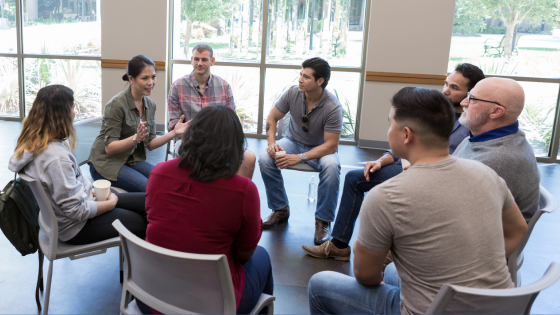
What could go wrong when facilitating a group?
Facilitating a group can present various challenges and potential pitfalls. Here are some things that could go wrong, especially if the facilitator is not well-trained or inexperienced and the group is diverse:
- Lack of Clarity: If the facilitator doesn’t provide clear objectives or structure, the group might become confused or lose direction, leading to unproductive sessions.
- Dominance by Few: Without effective facilitation, certain individuals might dominate the conversation, preventing quieter members from sharing their perspectives and insights.
- Escalation of Conflicts: Mismanaged disagreements can escalate, causing a rift in the group. A facilitator must be skilled in conflict resolution to prevent or address such situations.
- Groupthink: If a facilitator doesn’t encourage diverse viewpoints, the group might conform to a single opinion without critical analysis, leading to groupthink.
- Misunderstanding Group Dynamics: Failing to recognize and address underlying tensions, power imbalances, or interpersonal issues can hinder group progress and cohesion.
- Lack of Engagement: If participants feel their contributions are undervalued or if the facilitation method is not engaging, it can lead to reduced participation and apathy.
- Biased Facilitation: If a facilitator shows favoritism, disregards certain opinions, or is perceived as having an agenda, it can undermine the trust and objectivity of the process.
To mitigate these potential pitfalls, facilitators must be well-trained, neutral, adaptive, and attentive to group dynamics and individual needs.

Changes in group behavior
When a facilitator is at work, group behavior often undergoes noticeable shifts.
The group tends to become more structured and goal-oriented, as the facilitator provides direction and clarity.
Conversations become more productive and focused, with reduced chances of divergence or tangents.
Conflict is addressed in a constructive manner, preventing escalation and fostering understanding.
The presence of a skilled facilitator typically leads to enhanced communication, collaboration, and efficiency within the group.
Advanced facilitation has been renamed
TeamCatapult recently rebranded its “Advanced Facilitation Workshop” to “Making Behavioral Change Happen”.
The primary reason for the name change is to emphasize the workshop’s focus, which goes beyond just facilitating. Instead, it dives deep into the very core of how behavioral change occurs.
This concept stems from the belief in the impact of fluent communication and the transformative power of Structural Dynamics, a technology that aids in navigating interpersonal communication for better outcomes.

Understanding Behavioral Change
Behavioral change refers to the intentional alteration of one’s habits, thinking, or actions. This change is not just about shedding old habits but embracing new ones that align with personal goals. Achieving behavioral change requires self-awareness, persistence, and conscious effort, making it a complex yet achievable process.
Structural Dynamics and Advanced Facilitation
Structural Dynamics offers a methodology that facilitates better communication and prompts positive changes. David Kantor’s “4 Player Model of Communication” is a component of this framework, categorizing communication behaviors into roles like Mover, Follower, Opposer, and Bystander.
By understanding these roles, facilitators can ensure more effective communication during sessions.

About the Making Behavioral Change Happen Workshop
This workshop, though renamed, still provides the core elements of the previous advanced facilitation training. It aims to enhance self-awareness, helping facilitators discern group dynamics and guide them toward positive behavioral changes.
Participants will learn to identify communication challenges, deal with conflicts, understand the bMaps Behavioral Assessment Tool, and more.
Learn more about our workshop(s)
Our renamed Advanced Facilitation workshop continues to offer skills and knowledge for those looking to upscale their leadership through effective communication and facilitation techniques.
Our workshops are the perfect place for aspiring leaders to learn, practice, and grow!






